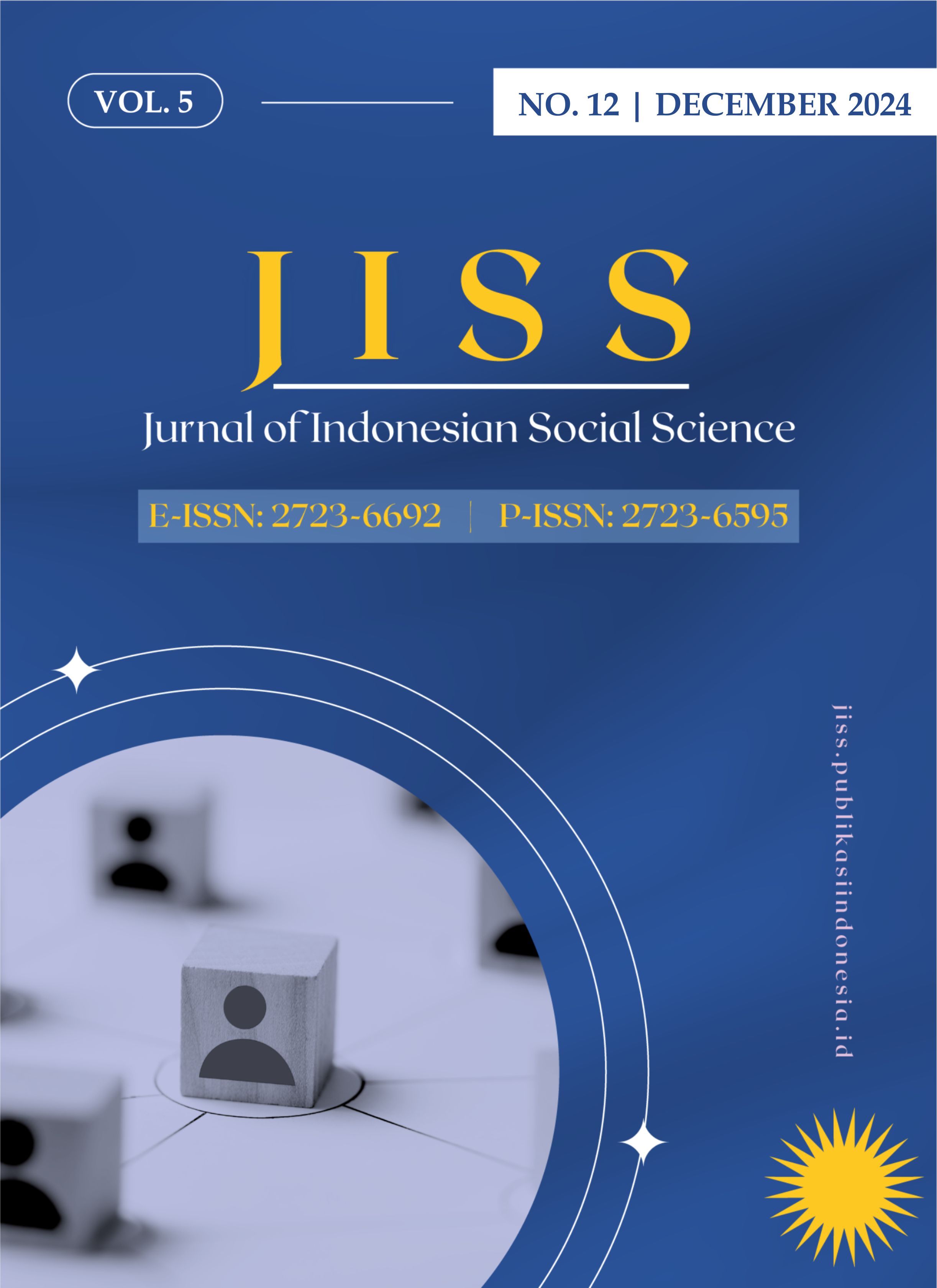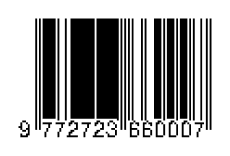Comparison of Missing Data Handling Methods and Forecasting of Broiler Egg Prices Using Autoregressive Integrated Moving Average
(Case Study: Bogor Regency/City)
DOI:
https://doi.org/10.59141/jiss.v5i12.1540Keywords:
Missing Data, Forecasting, Linear Interpolation, Simple Moving Average, ARIMAAbstract
Fluctuations in the price of broiler eggs can have an impact on decreasing people's purchasing power, so a form of price control through forecasting is needed. The existence of missing data in broiler egg price data can interfere with the accuracy of forecasting results. This research is carried out in two stages. The first stage is handling missing data. Missing data handling is done by comparing two methods, namely the linear interpolation method and the simple moving average (SMA) method. The second stage is forecasting with the autoregressive integrated moving average (ARIMA) method. The objectives of this study are to handle missing data on the data of broiler egg prices with linear interpolation and SMA methods, evaluate the results of the comparison of missing data handling methods, forecast future broiler egg prices, and evaluate the results of forecasting. The data used is daily data on the price of broiler eggs in Bogor Regency / City in the period January 1, 2019, to December 31, 2023, as much as 1,826 data. The results of the comparison of missing data handling methods showed that the linear interpolation method is declared better with an accuracy value using MAPE of 0.005%. The results of forecasting the price of broiler eggs show that the forecasting results with the ARIMA (1,1,3) model follow the actual data pattern, with a MAPE accuracy value of 0.601%; it is stated that the forecasting performance has performed well.
Published
How to Cite
Issue
Section
License
Copyright (c) 2024 Shelly Selgiant Dion, Embay Rohaeti, Maya Widyastiti

This work is licensed under a Creative Commons Attribution-ShareAlike 4.0 International License.
Authors who publish with this journal agree to the following terms:
- Authors retain copyright and grant the journal right of first publication with the work simultaneously licensed under a Creative Commons Attribution-ShareAlike 4.0 International. that allows others to share the work with an acknowledgement of the work's authorship and initial publication in this journal.
- Authors are able to enter into separate, additional contractual arrangements for the non-exclusive distribution of the journal's published version of the work (e.g., post it to an institutional repository or publish it in a book), with an acknowledgement of its initial publication in this journal.
- Authors are permitted and encouraged to post their work online (e.g., in institutional repositories or on their website) prior to and during the submission process, as it can lead to productive exchanges, as well as earlier and greater citation of published work.















